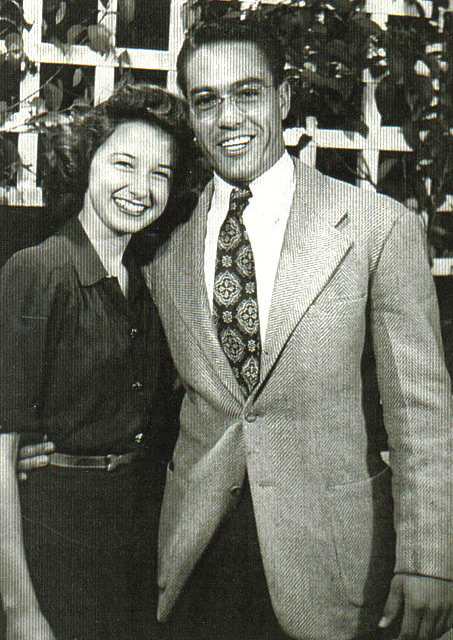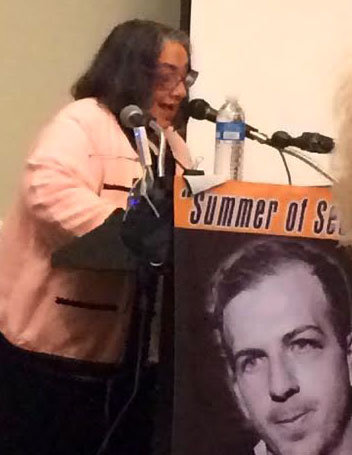In 2014, I was completing a book about Lyndon Johnson. Titled “Faustian Bargains,” it focused on Johnson’s cronies and hangers-on, the favors he extracted from them and the bribes he offered in exchange. It portrayed the man as one of the great hypocrites in history, a racist who sponsored a civil rights bill. Johnson was a ruthless character who has been granted credibility by servile biographers.
Several writers I know believe that he had foreknowledge of the Kennedy assassination. I wasn’t sure. But I was glad to be done with him.
One evening, just before “Faustian Bargains was published, I received a call from a researcher based in Austin, Texas who had a question for me. Will you be discussing Johnson and his role in the attack on the USS Liberty? I drew a blank.
I had never heard of the USS Liberty. Yet what if there was crucial information about Johnson that had eluded me. As soon as I hung up, I looked up “USS Liberty,” on google and there it was: films, narratives, interviews and a documentary called “Dead in the Water” that raised many questions about the hidden history of this event.
I discovered that so successful had been the cover-up of this murderous attack on unarmed sailors that much of the general public knew nothing about this extraordinary episode in American history in which an American intelligence ship had been attacked by a close and much favored ally, the state of Israel. On the afternoon of the attack, Israel admitted its role. Occurring in the midst of the 1967 Six Day War, this attack was so vicious and protracted, involving rockets and machine guns and napalm as well as boats firing torpedoes, that it was apparent that the objective was to sink the Liberty and drown everyone on it; there were to be no survivors.
I added a chapter about the USS Liberty to “Faustian Bargains,” but there were perplexing issues that demanded further investigation. One was whose idea was this atrocity, this murder of innocents? Answering this we could penetrate motive : the why of the story. Why would Israel plan and execute so cruel and senseless an attack on their one ally (France had just broken with them)? What did Israel have to gain?
As one of my biographical subjects, the legendary detective story writer Dashiell Hammett, put it to a young fellow soldier stationed in Alaska where Hammett edited the base newspaper during World War II, anyone can reveal HOW something happened. Why don’t you try to find out why, Hammett asked? The chagrined soldier who was seeking his approval was Eliot Asinoff, who went on to write a book about the Chicago Black Sox scandal, called “Eight Men Out.”
Why, I asked myself, would Israel attack an unarmed surveillance ship with the obvious motive to sink the ship and drown everyone on it?
This is a question that has befuddled everyone who tackled this subject, even Jay Cristol, a Florida bankruptcy judge who wrote a book about Liberty from the Israeli point of view. Even Cristol is forced to ponder why Israel would so act against their own interests, even as, perplexed, he is forced to accept Israel’s claim that the whole thing was an “accident” and a “mistake” because they believed they were attacking an Egyptian horse carrier.
So I began the book that we are discussing today, “Blood In the Water.” Its subtitle, “How the United States and Israel conspired to ambush the USS Liberty,” reflects the thesis of the book. “Blood in the water” focuses on who was to blame, how the attack came to be, and, of course what Lyndon Johnson had to do with it. One of the books about the attack, by the way, was authored by the son of one of the surviving sailors, John Scott, who died recently; it leaves out Johnson’s role entirely. In 2014, James Scott would serve as the consultant for an al-Jazeera television documentary about the attack and it too leaves out Johnson’s devious, and cruel and well-documented role in these events. The major source for Johnson’s part is our own Commander Dave Lewis.



